Lemithou
In a lush green natural environment
Lemithou is a village of Limassol that belongs to the geographical area of Marathasa. It is built in one of the highest areas of Cyprus, with an average elevation of 1100 metres and it is among the 10 highest villages in Cyprus. The village is built amphitheatrically in a lush natural environment and it is 65km northwest of Limassol and 85km of Nicosia.
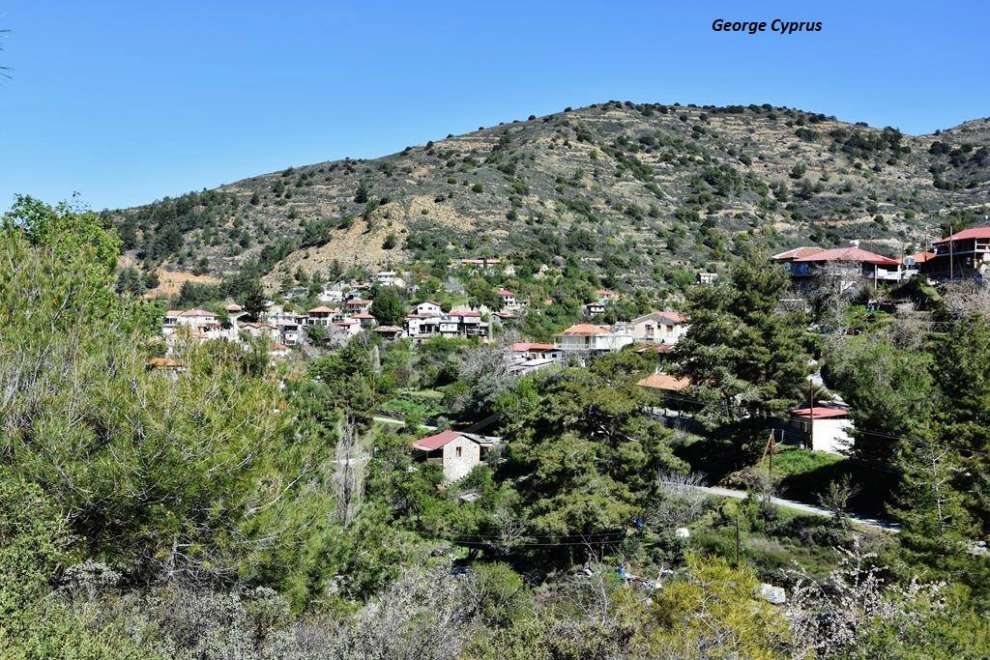 Photo: George Cyprus
Photo: George Cyprus
Lemithou borders Prodromos to the east, Paliomylos to the southwest and south-east with the villages of Treis Elies and Kaminaria in the southwest.
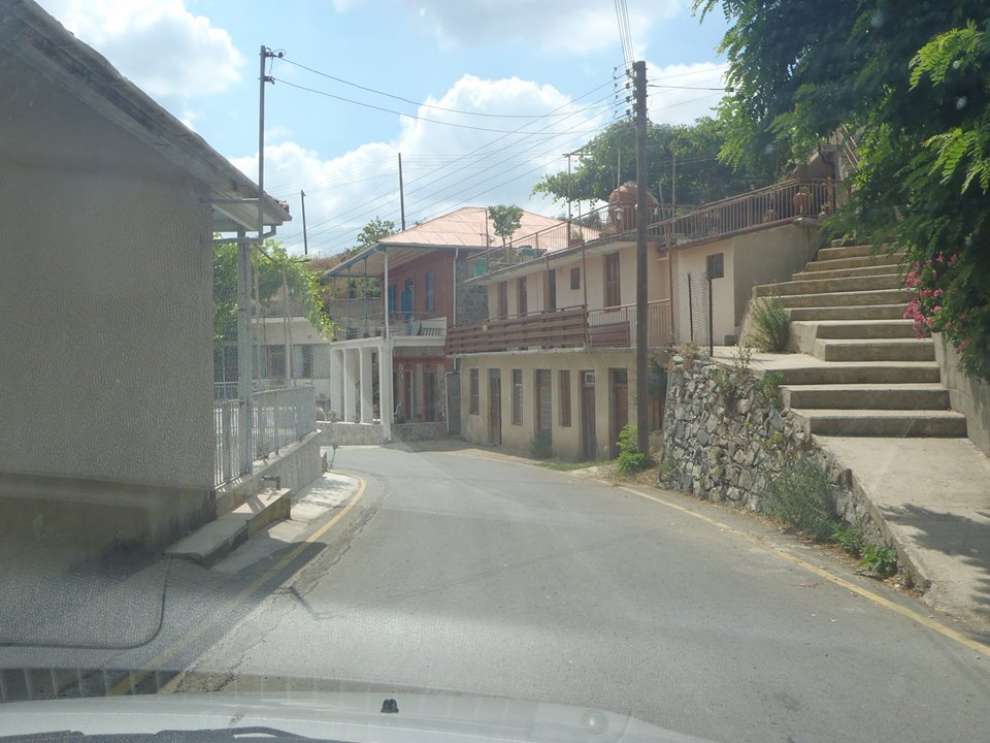 Photo: George Papageorgiou
Photo: George Papageorgiou
History:
During the Venetian domination in Cyprus, according to Mas Latri, Lemithou was a royal estate. The village existed from the Frankish period, however, details about its previous history is unknown.
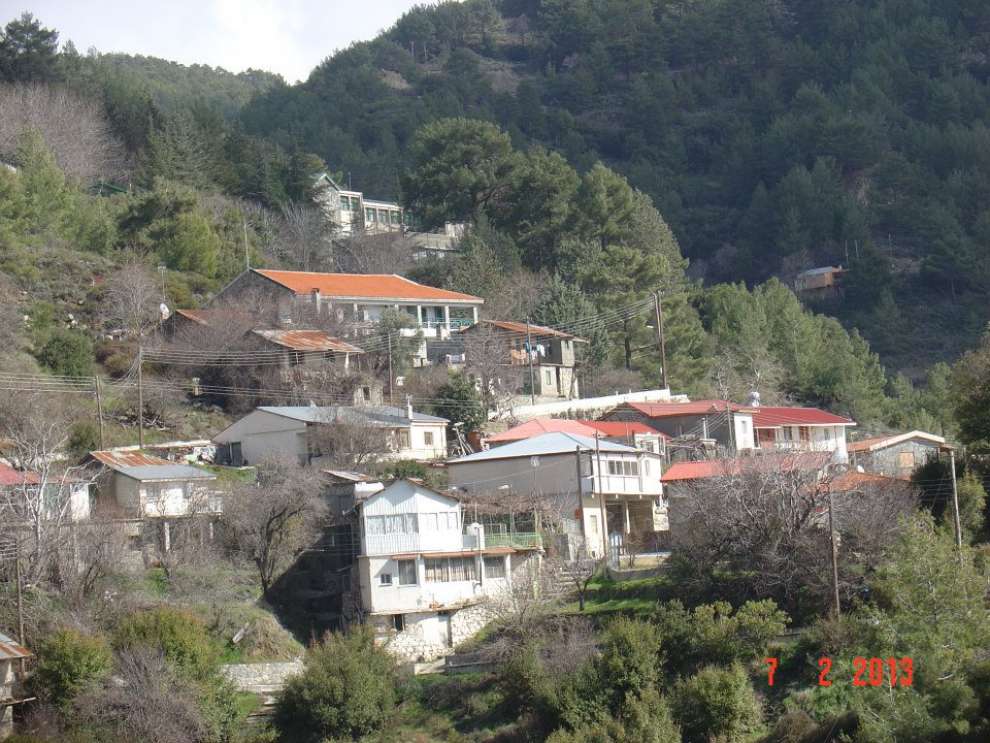 Photo: Η ΩΡΑΙΑ Λεμύθου/LEMYTHOU
Photo: Η ΩΡΑΙΑ Λεμύθου/LEMYTHOU
The name of the village:
There are several versions of how the village got its name. According to one version, its name came from the Lemithi plant, which grows in barren areas and whose bulbs are used in the creation of saddles and which is known with the name Andropogon gryllus.
According to a second version, the village took its name from its first settler called Lemithis. This is because he had a beard which was very thin and looked like string, just like the plant which grows in the area.
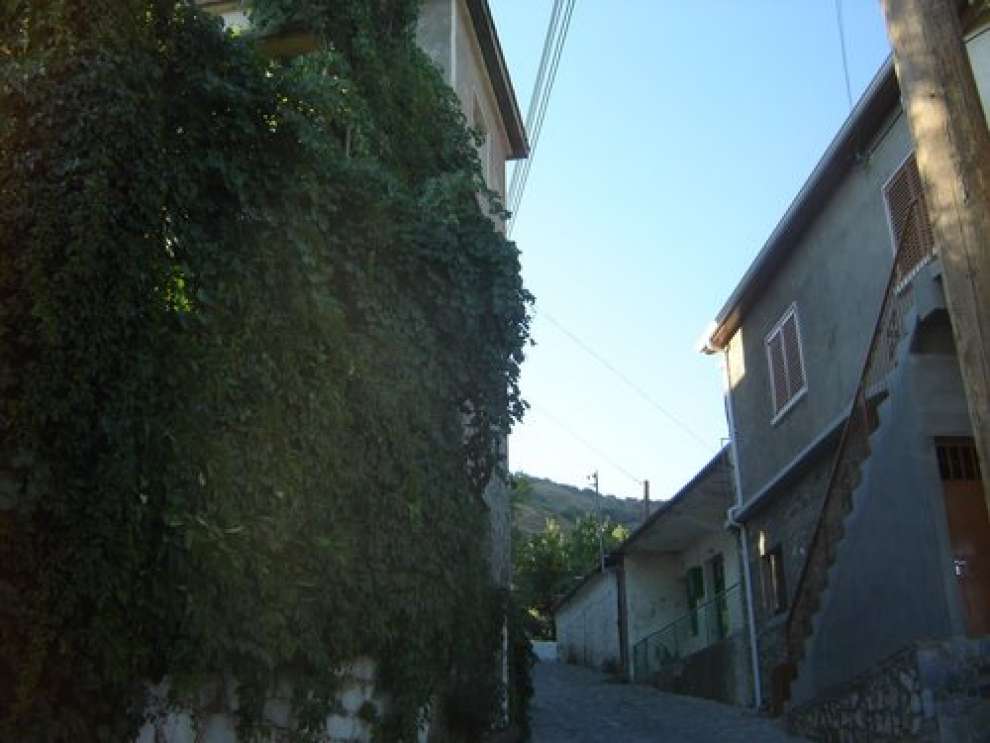 Photo: Theodosios Stylianides
Photo: Theodosios Stylianides
Churches and Attractions:
The community of Lemithou consists of five neighborhoods: the Pano, the Exo, the Pera, the Kato and Mesa Gitonia. All neighborhoods are linked by paths, either paved or converted into roads.
The roads are like nature trails that pass through a green natural environment with cherry trees, apple trees, fig trees, pear trees as well as other trees such as oaks and wild berries.
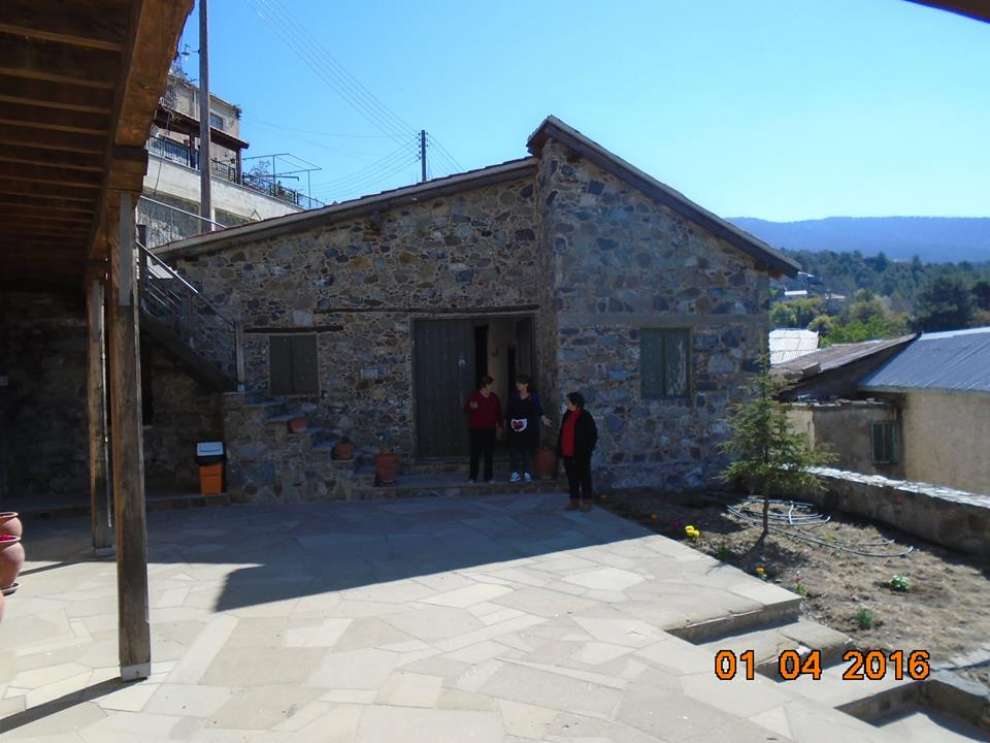 Photo: Η ΩΡΑΙΑ Λεμύθου/LEMYTHOU
Photo: Η ΩΡΑΙΑ Λεμύθου/LEMYTHOU
In Lemithou, there are four churches. The church of Panagia Iamatic, which was built in 1721 by the monk Christodoulos and was destroyed. It was rebuilt in 1862 by the Metropolite of Petras, Meletio Matteo. The church of Ayios Theodoros, presumed to be the main temple of Lemithou in the 16th century, the church of Agios Nikolaos and the church of Agios Georgios.
Other sights you can see in the village is the Ikonofyakio (Pictorial), which is in the area of the church of Ayios Theodoros and displays old icons of Byzantine and post-Byzantine painting dating back to the 13th to 19th centuries and the Monument to the Fallen and Missing of the Community.
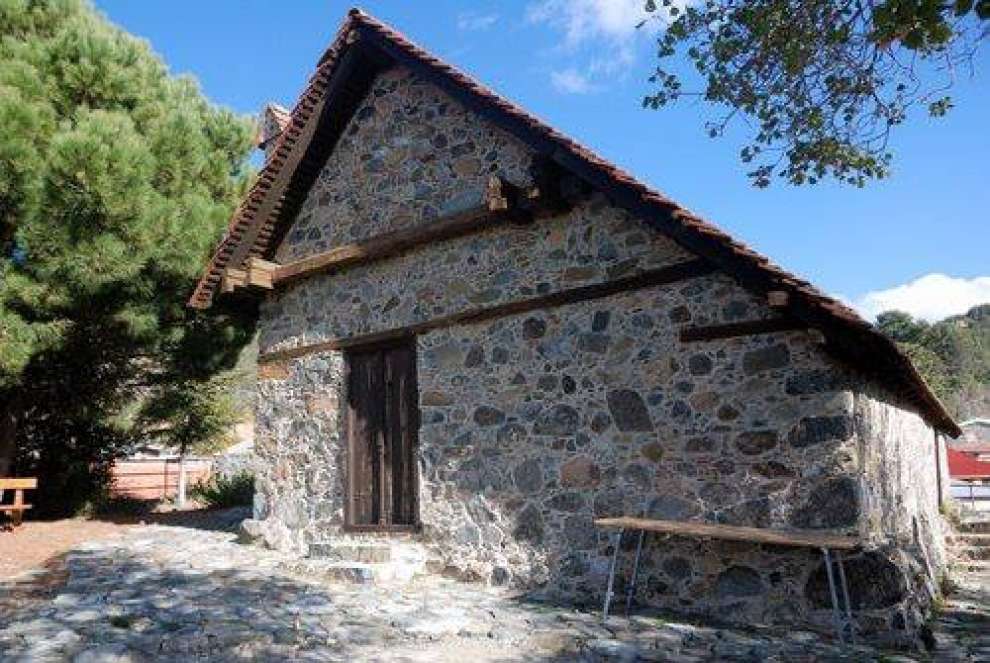 Photo: Theodosios Stylianides
Photo: Theodosios Stylianides
Finally, in the village of Lemithou, there is the Mitsi Commercial School, which worked in 1912 in order to provide the necessary education to the students (male students) of the Marathasa region. In 1939 it was converted into a five class school and in 1955 to a six class school. In 1959, girls began to attend, while in 1962 it was recognized by the Ministry of Education and Religious Affairs of Greece as being equal to the public Greek high schools. Since 1993 it has been working as a high school.
Population:
The population of Lemithou has experienced many fluctuations over time. More specifically, in 1881 it had 75 inhabitants, in 1891 the inhabitants grew to reach 428, and in 1901 they were reduced to 418. From 1911, when the village had 473 inhabitants, there was an increase until 1946, amounting to 751. In 1960 the inhabitants were 669 and reached to only 88 in 2011.
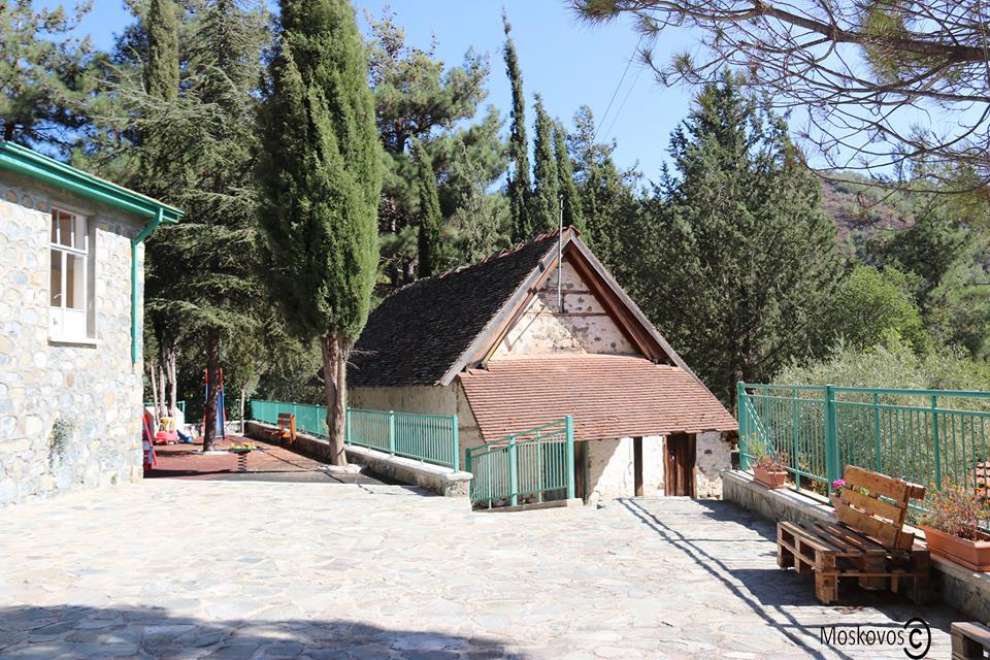 Photo: Moskovos Argyris
Photo: Moskovos Argyris
Crops, products and occupations:
The trees which grow in Lemithou are mainly fruit trees such as: apples, cherry trees, pear trees, prunes, plums and peach trees. A few kinds of vegetables are also grown. While many vineyards were previously cultivated in the village for the production of wine, today the viticulture is in danger of nearly being extinct.
Lemithou as a wine-village has been involved in wine-growing and winemaking, as well as in the production of grape products such as Palouzes, Shoushouko and Zivania.
Once in the Lemithou village, the inhabitants were engaged in the trade of the fruit they produced, but today due to the urbanization, most of them live and work in the city of Limassol.
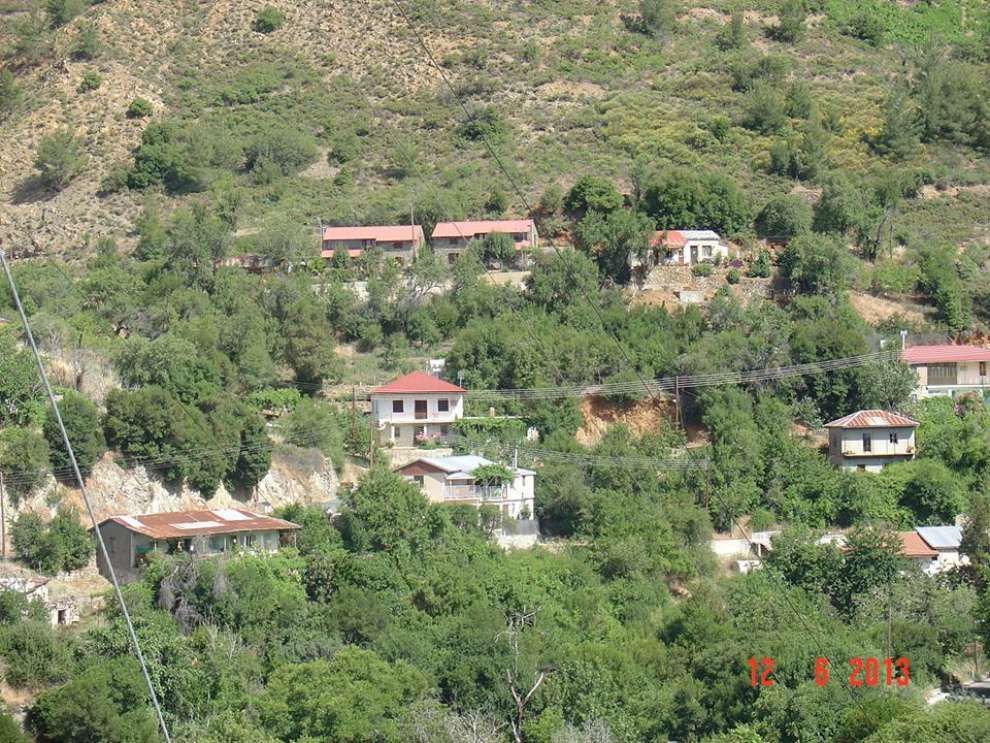 Photo: Η ΩΡΑΙΑ Λεμύθου/LEMYTHOU
Photo: Η ΩΡΑΙΑ Λεμύθου/LEMYTHOU
For the map of the area, click HERE

 English
English
 Ελληνικά
Ελληνικά Русский
Русский
















